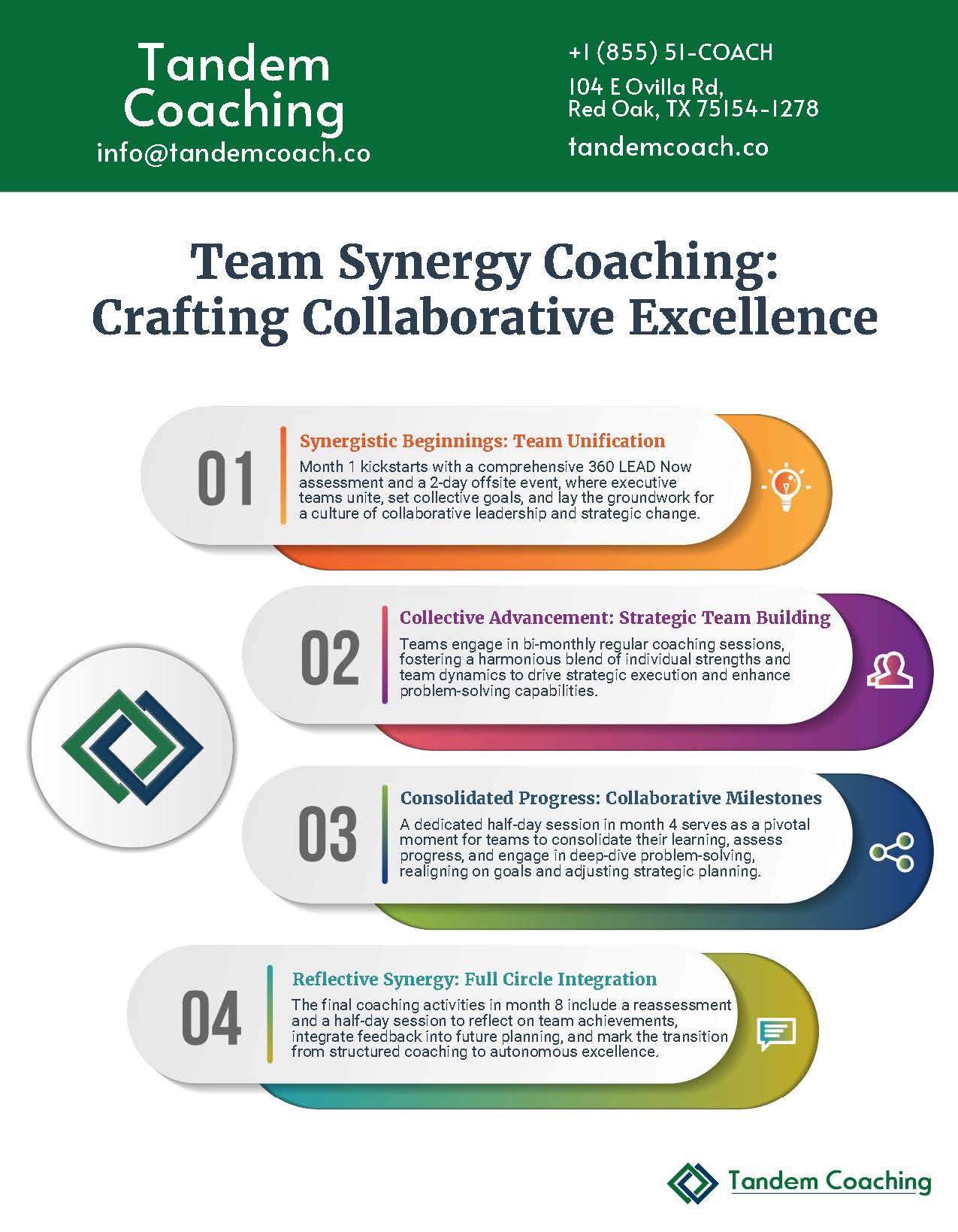Hi, Cherie here! Today, I’m sharing five powerful strategies to elevate leadership and executive teams, drawing from my extensive experience and the transformative approaches I’ve encountered throughout my journey.
- Cultivate Trust and Safety: Establishing a foundation of trust and safety within a team is paramount. This means understanding each member’s context, respecting their identities, and demonstrating empathy and support. Trust is the bedrock of open communication and vulnerability, which in turn fosters innovation and resilience.
- Clarify and Maintain Agreements: Clear agreements about the coaching relationship, expectations, and goals are essential. This includes outlining the logistics, confidentiality, and the overall coaching plan. Ensuring everyone is on the same page prevents misunderstandings and sets the stage for a successful partnership.
- Partner with Clients for Success: Coaching is a partnership where the coach and client work together to unlock the client’s potential. This approach emphasizes that the client is competent, creative, and not in need of fixing. The goal is to unleash the collective potential of the team, enabling them to achieve greater things together.
- Focus on the System, Not Just Individuals: In organizational and team coaching, the system itself is the client. This perspective encourages us to balance individual voices while focusing on the whole system’s health and performance. It involves aligning leaders’ views with the rest of the system and clarifying roles and expectations to achieve desired outcomes.
- Embrace Accountability and Reflection: Accountability and continuous reflection are key to sustained growth and improvement. Defining what success looks like, how it will be measured, and regularly reviewing progress ensures that the team remains aligned with its goals and can adjust as needed.
Each of these strategies is a step towards creating more agile, responsive, and cohesive teams. By focusing on trust, clear agreements, partnership, systemic thinking, and accountability, leadership and executive teams can navigate the complexities of today’s business environment more effectively.
Until next time, Cherie 💚


















